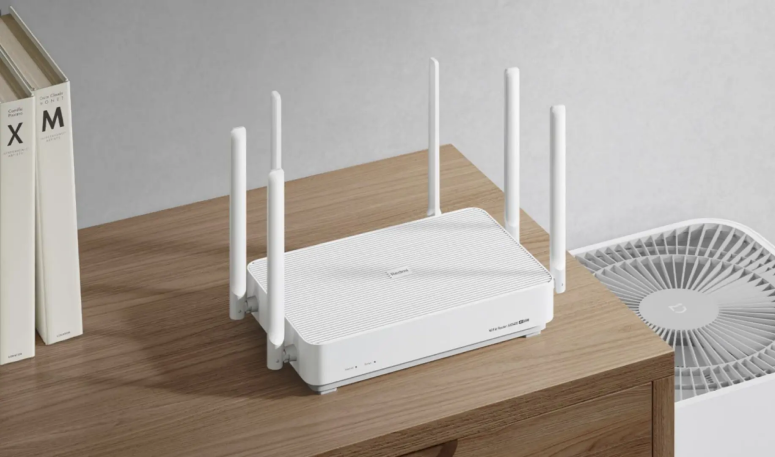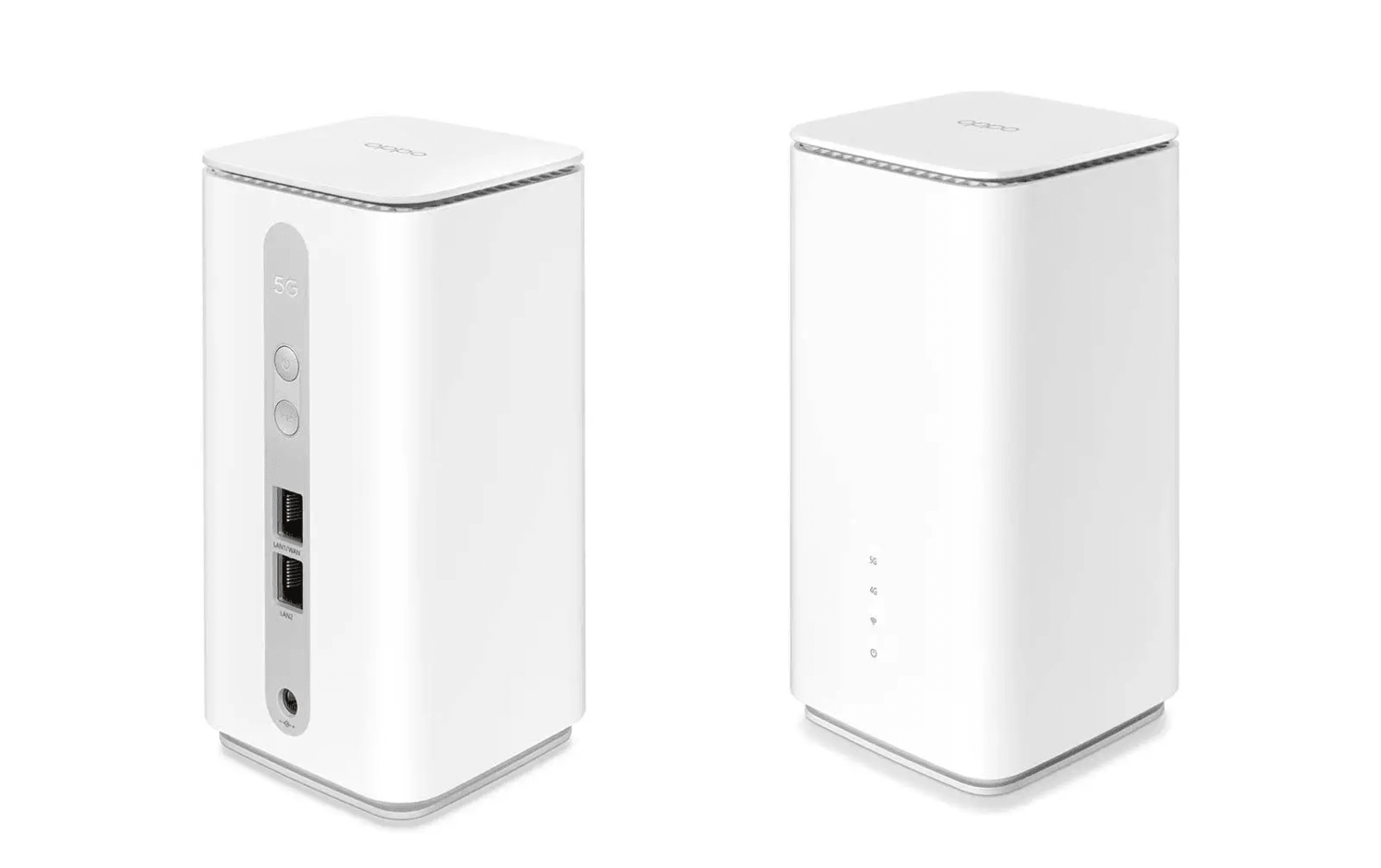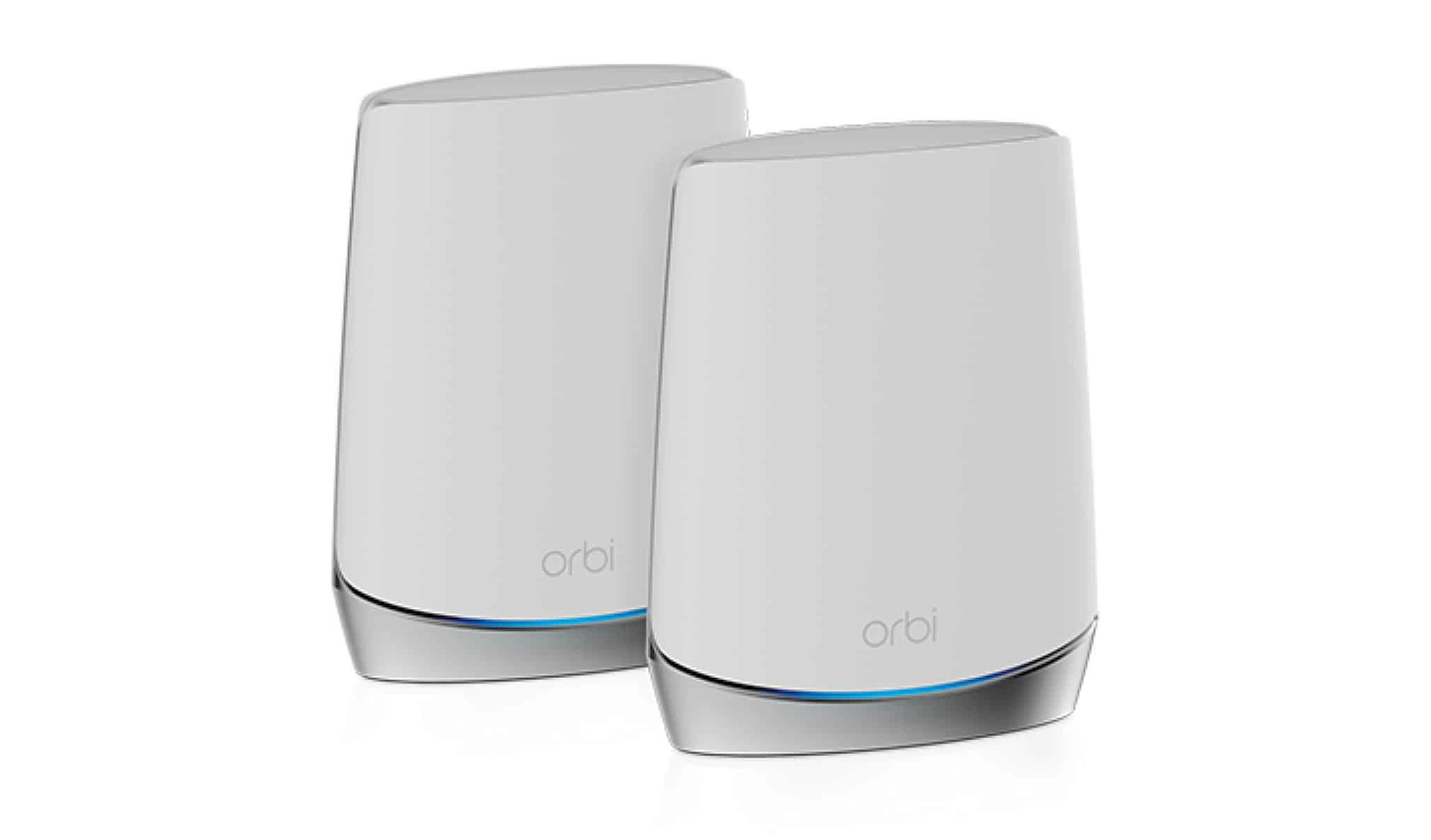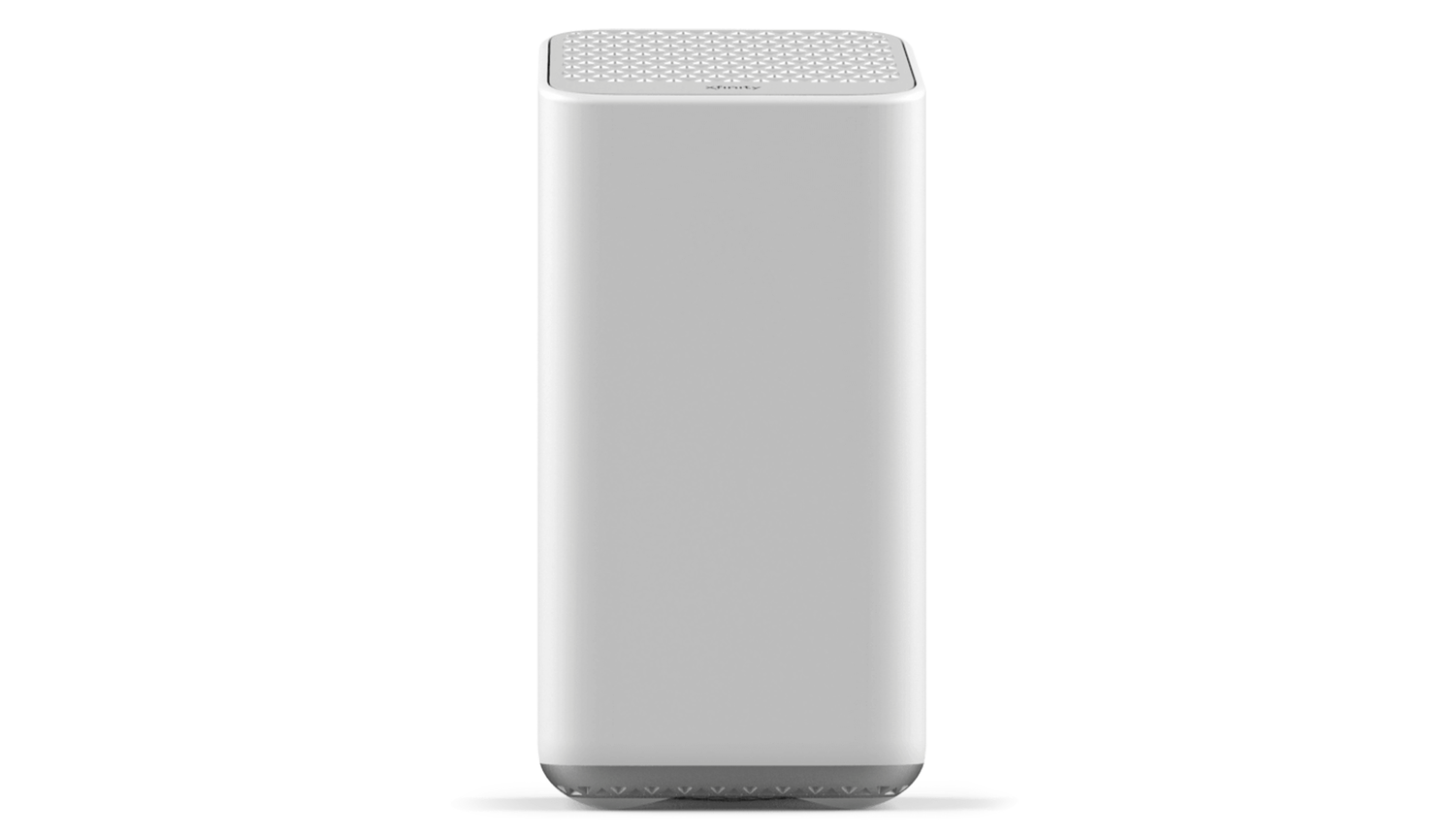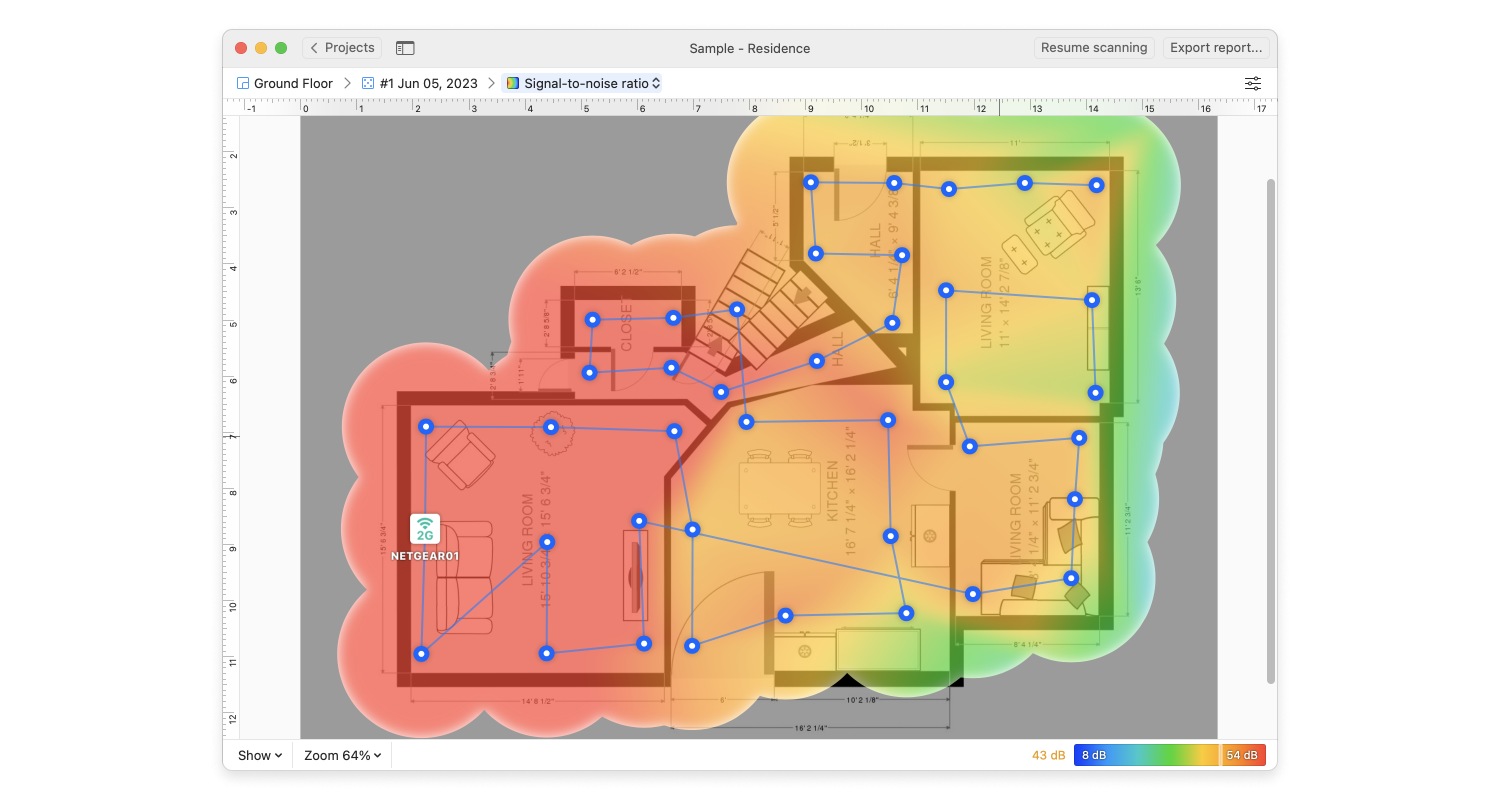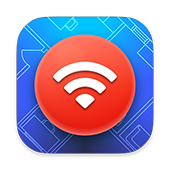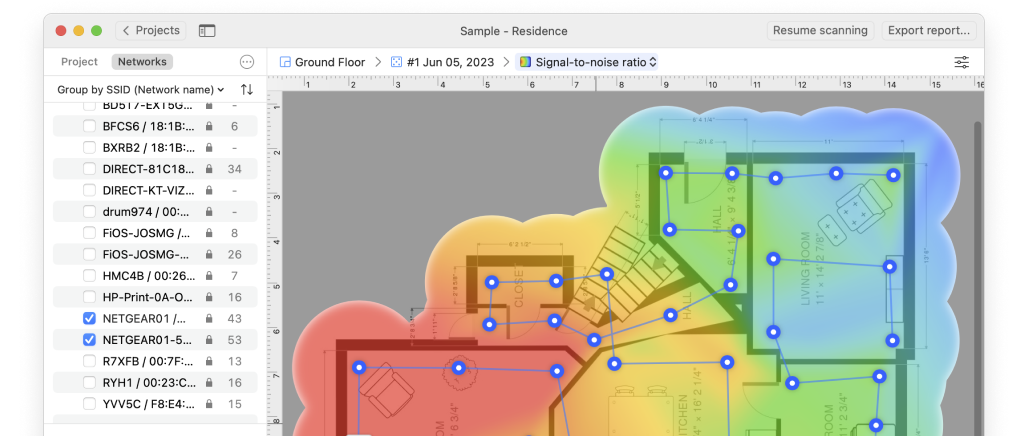So, wireless internet providers are starting to offer 5G connections through 5G modems for home usage, allowing you to access 5G speeds from a laptop.
What is a 5G Modem and How Do You Choose the Best One for You?
5G broadband networks are the latest development in broadband connectivity offering up to 10 Gbps at peak performance. With these speeds, 5G networks offer faster connections than even fiber optics.
